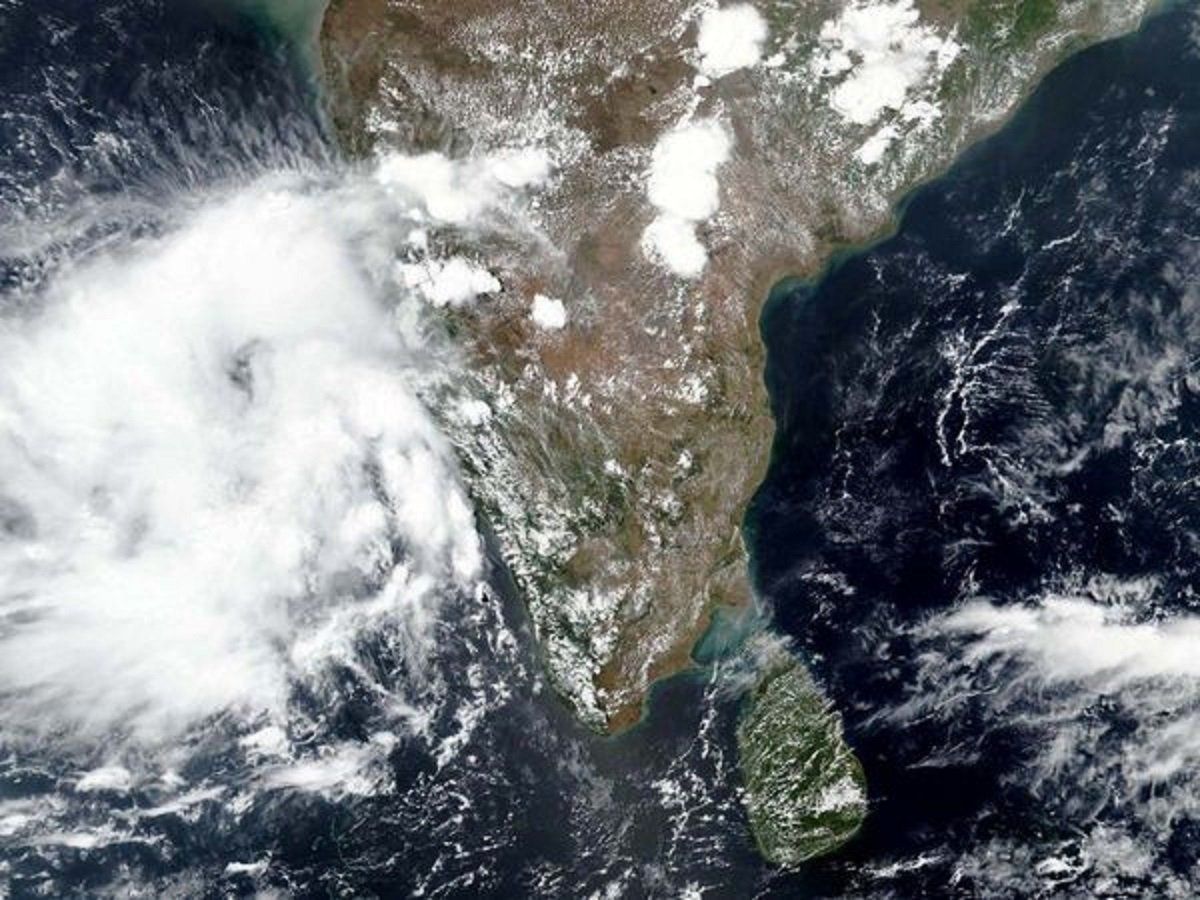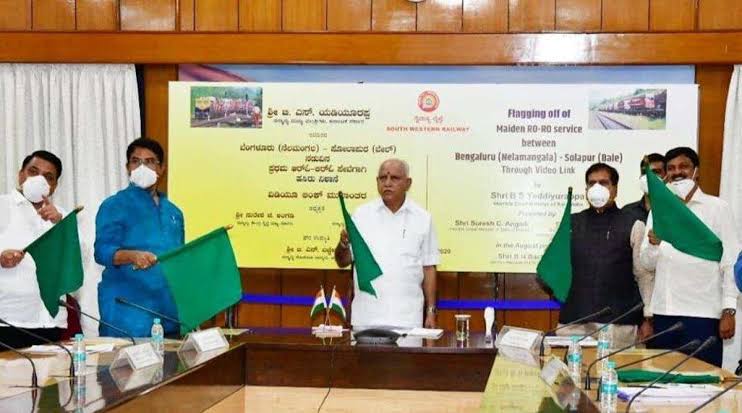For a few years now, India has been talking a lot about green crackers. It actually seems paradoxical, given that anything that lights up under the definition of firecrackers is technically not a green cracker. Even then this term has gained a lot of traction due to the scenario of pollution across India, especially in Delhi-NCR which has on its records incidents of Smog which had attracted the attention of satellites of NASA in 2017. This is a category of firecrackers developed by the CSIR labs. This year, the issue of green crackers is more pertinent given that livelihoods of many people are integrally tied to the cracker business, along with inflating concerns regarding environment and deteriorating air quality, which have evidences.
What are the Green crackers
Compositionally, the crackers made by using less polluting raw materials are Green crackers. Their chemical formulation ensures a reduced particle (particulate matter, PM) emission into the atmosphere by reducing or more correctly suppressing the amount of dust produced. While regular or traditional crackers generally emit about 160 decibels of sound, the green crackers’ sound emission rate is limited to the range of 110-125 decibels. The manufacturers of the crackers (claiming to have green crackers) need to sign a deal with the CSIR in order to make fireworks using the green cracker formulation which is given by National Environmental engineering Research Institute (NEERI).
In total, there are three types of green crackers available in India – SWAS, STAR, and SAFAL.
It must be understood that even these green crackers in many cases, use polluting chemicals like aluminium, barium, potassium nitrate and carbon. But, the differentiating point is that the quantity of the component-chemicals used in this case of the CSIR- certified Green crackers, is reduced which in turn lowers the emission by about 30 percent. In some particular green crackers, these chemicals are not at all used.
CSIR-CECRI (Central Electro-Chemical Research Institute) has developed eco-friendly variants of flower pots, one of the most popular fireworks, that can reduce the particulate matter by 40%. CSIR-NEERI has tested the efficacy of crackers known as Bijli crackers. They have also eliminated the use of ash as a primary desiccant. They have developed a potential sound-emitting functional prototype that does not emit the pollutant-sulphur dioxide (SO2). The crackers under the Green labelling have been named as Safe Water Releaser (SWAS), Safe Thermite Cracker (STAR) and Safe Minimal Aluminium (SAFAL). The particulate matter, which becomes a major pollution issue will be reduced by 30-35 per cent in SWAS and 35 to 40 per cent in SAFAL and STAR.
This category of crackers is considered safer than the traditional variants, which use Strontium, Lithium, and Barium for colouring and Nitrates, chlorates and perchlorates for oxidising. The Strontium can replace Calcium in the bones, while the Nitrates & chlorates can be harmful for children as they have an appreciable residence time in the air. The Lithium used in some traditional crackers are known to release fumes which can hamper the respiratory system and cause diseases.
Role of NEERI
The Nagpur-based NEERI under CSIR has narrowed down on a particular group of formulations that substituted barium nitrate (Ba(NO3) 2) with potassium nitrate(KNO3) and zeolite. The ‘green’ versions of the ‘flower pot’, developed by the NEERI, have a mixture of water and lime i.e. Calcium oxide, which is chemically stored in the cracker. When the cracker is lit, the effulgence formed as a result also triggers formation of water and the makers in NEERI have claimed that the moisture wets the dust-and-smoke particles.
NEERI has claimed that the chemical and explosive tests carried out in its various laboratories have seen a reduction of nearly 30% in particulate matter (PM) and also reduction of release of sulphur dioxide (SO2) and nitrous oxide emissions. Green sparklers, a variant of the traditional starters of Diwali fireworks, use 32% potassium nitrate (KNO3), 40% aluminium powder, 11% aluminium chips, and 17% of “proprietary additives” to reduce the particulate matter PM10 and PM2.5 by upto 30%.
Likewise, a new chemical formulation of a ‘bomb’ named and categorized as ‘SWAS’ (or safe water releaser) uses 72% of a “proprietary additive”, 16% potassium nitrate oxidiser, 9% aluminium powder, and 3% sulphur to reduce the PM10 and PM2.5. On its website, NEERI has claimed that the green crackers developed in its labs when exploded also emit similar levels of sound (100-10dBA) associated with traditional crackers.
Looking at the pollution angle
The day after Diwali in 2017, the Delhi NCR region had woken up to a blanket of smog with the air quality spiraling down. Similarly, after the Diwali of 2018, the air quality in the region had plummeted. In both cases, the Air Quality Index (AQI), had registered as “Severe+” and had triggered emergency action as per the Graded Response Action Plan (GRAP). GRAP was developed as the Delhi NCR’s five-step escalating response plan to counter air pollution in that region. After the Environment Pollution and Prevention Control Authority, the newly formed Commission for Air Quality Management (CAQM) is responsible to monitor the scenario of pollution in the Delhi- NCR region which will involve implementation of the GRAP. (The CAQM will take air-quality related inputs from ISRO primarily to carry out its tasks.)
Demand of Festivity vs Care & concern for environment: absence of a sense of concern for livelihood
During Diwali, Indians are traditionally inclined to celebrate with firecrackers, as a part of an ingrained culture. States like Odisha, and Rajasthan have banned the use of firecrackers keeping in consideration the environmental impact and the current Covid crisis. States of Karnataka, Kerala, and Telangana have given orders to sale and use green crackers for limited hours on the day of Diwali, with Kerala specifically creating a QR-code based system to track and validate the sale of the Green crackers.
In Kolkata, one Gautam Roy and the Burrabazar fireworks Dealers association had filed a plea in the Supreme Court against the High Court’s ban on sale and use of firecrackers on Diwali, Kali Pujo and other festivals. A two judges bench of the Apex court had rejected the plea stating that in a situation where life itself is under threat due to Covid, nothing can be more important than preservation of life. Hence, the High Court’s ban prevails in Bengal.
The National Green Tribunal has recently banned the sale and use of firecrackers in the Delhi-NCR region till November 30. Just like in 2017, this nick of the time order by the tribunal came as a debilitating and painful surprise for the vendors who work in the supply chain of the crackers relying upon the season of Diwali for a substantial part of their earning. Wholesale vendors in Delhi NCR region, especially in Farukh nagar, Jama Masjid region and Gurugram’s Khurd Village have a painful tale to be told over a larger picture.
The mismanaged lockdown which came in the shadow of the pandemic had already decimated the economic activities. The sellers and vendors were looking forward to the Diwali season to make up for their loss. The NGT order came as a death knell for many such people, just like in 2017, who are now left with no other option of livelihood. Many sellers and vendors had to switch to rag-picking. While the police proudly claim that they have seized around 2000 kg of firecrackers, the vendors and sellers are left in a quagmire between destitution and loss.
A valid point raised by many sellers and vendors is that there is no defined policy in terms of controlling the firecrackers, and the last-minute decision like a joker out of the box, rubs salt over the painful wound of the people in the business. The sufferers state that after the sudden decision, they are being looked at with suspicion in their localities. All of this is not to discount the fact that firecrackers cause pollution. But, when CSIR has the capacity to develop green crackers, even then there remain lacunae in terms of ‘on the ground’ execution of a healthy policy which finds a middle ground between the celebrations and the need for controlling the pollutants. This just reflects the lackadaisically hopeless absence of a sense of concern for the people who want to celebrate after the economically, socially, and psychologically painful seven to eight months, thanks to Covid which triggered a massive unplanned and farcically executed lockdown, and the sellers and vendors whose livelihood depends on the festivity-season.
Many people correctly pointed out that banning (of firecrackers) indirectly triggers illegal sale of crackers, which is fuelled by higher profits due to the risk involved. This entails a higher level of pollution with literally next to nil level of monitoring on the Diwali night. If such steps are taken where the vendors are given enough time to adjust to the green cracker supply, ensure just enough amount, which is legally allowed, of such crackers for a limited celebration, that can be a potential middle ground. Allowance of limited time window of using the crackers on Diwali will keep the business and festivity in sync. Usage of crackers in marriage functions should be banned, with penal implications for the violations, or at least, it should be strictly brought under permit with local authorities ensuring use for a very limited time. This should be done irrespective of the monetary clout the families involved in the marriages hold. The business lobbies in the crackers supply chain should be made legally responsible to ensure two things. First that they are selling the Green crackers developed in the CSIR-NEERI setup. Second, that they plant sufficient number of saplings which should be kept in the order of 100s and ensure that they grow in various urban or semi-urban regions. This saplings-planting by the vendors should be run within programs like Green India Challenge, which should be monitored by the MOEFCC, and local urban authorities. For these, suitable amendments need to be brought in the Explosive Substances Act and the Environment Protection Act. Riders should be brought in the Companies Act with respect to crackers’ business. Sudden deliverance of court or tribunal order to implement a blanket ban of crackers is never the solution to such a tricky and complex problem.





